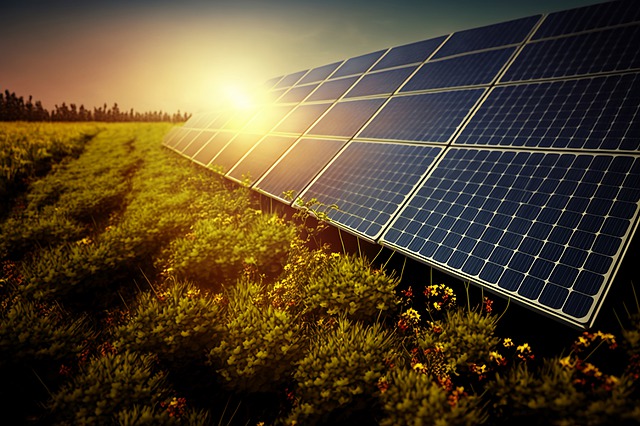
China has emerged as the undisputed leader in the global solar power industry, outpacing competitors by a significant margin. This dominance, fueled by two decades of strategic investments and government support, has sparked concerns and countermeasures from other major players.
China’s Solar Power Juggernaut
In 2023 alone, China installed a record-breaking amount of solar panels, exceeding the US’s total historical installations. This aggressive expansion is accompanied by sharp price reductions for Chinese-made solar panels, further solidifying their market position. Additionally, China has seen a significant increase in solar panel exports, further solidifying its global influence.
The Driving Forces Behind Dominance
China’s dominance stems from a long-term strategy to reduce reliance on energy imports, with solar power playing a central role. This strategy is backed by substantial government investments and support, providing Chinese companies with several advantages:
Lower production costs: This advantage is achieved through factors like lower wages, subsidized land and loans for solar factories, and low electricity prices from coal and remote solar farms.
Technological advancements: China has invested heavily in research and development, enabling them to become self-sufficient in solar panel equipment and component production.
A Complex Picture: Benefits and Concerns
While China’s leadership in solar panel production has significantly reduced the cost of this clean energy source, accelerating global adoption, concerns remain. The use of coal in China’s energy mix continues to make them the world’s largest emitter of greenhouse gases. Additionally, allegations of forced labor in Xinjiang, a key region for Chinese solar production, have prompted the US to impose import restrictions, and the EU is considering similar measures.
Navigating the Future of Solar Power
To circumvent these import restrictions, Chinese companies are increasingly employing a two-step approach: conducting initial high-value manufacturing stages in China and final assembly in overseas locations. This strategy, combined with their near-monopoly on solar equipment and component production, presents a significant challenge for other countries aiming to compete.
The US and Europe are attempting to counter China’s dominance by reviving their domestic solar industries through subsidies and import restrictions. However, the success of these efforts remains uncertain, given China’s established lead and entrenched position in the global solar power market.

